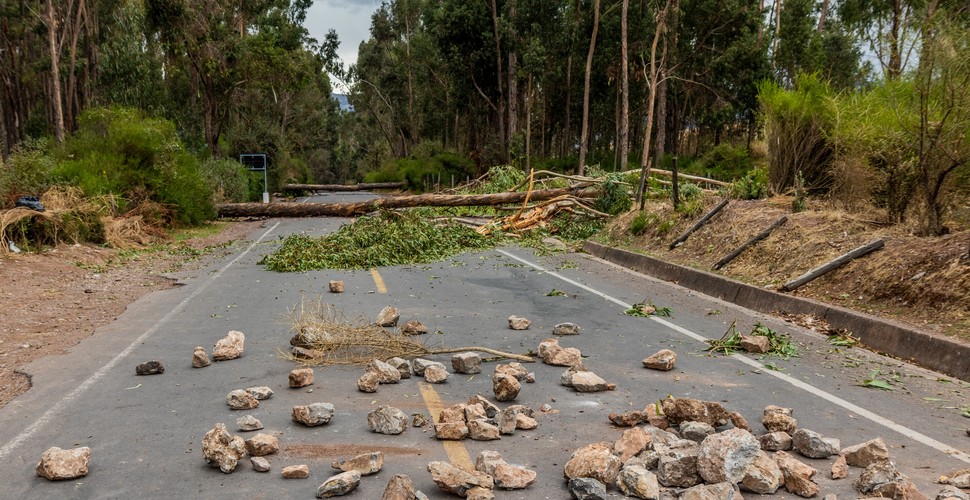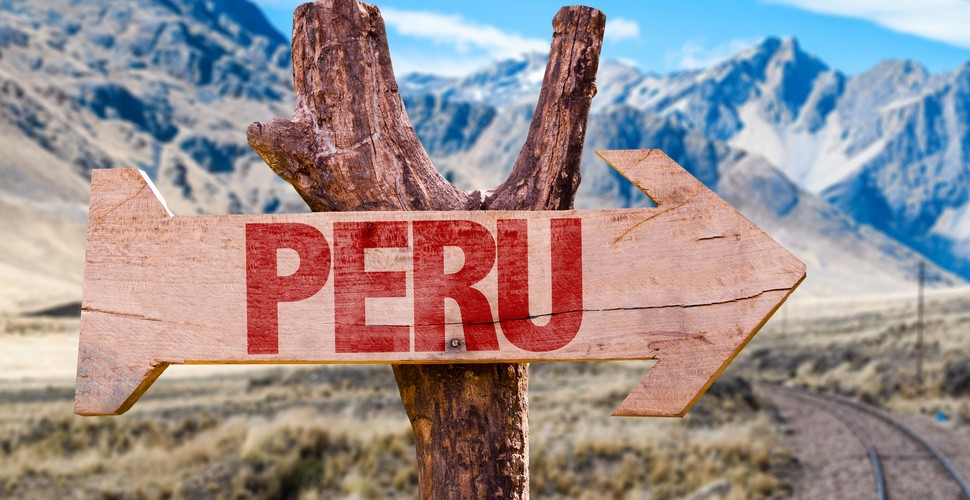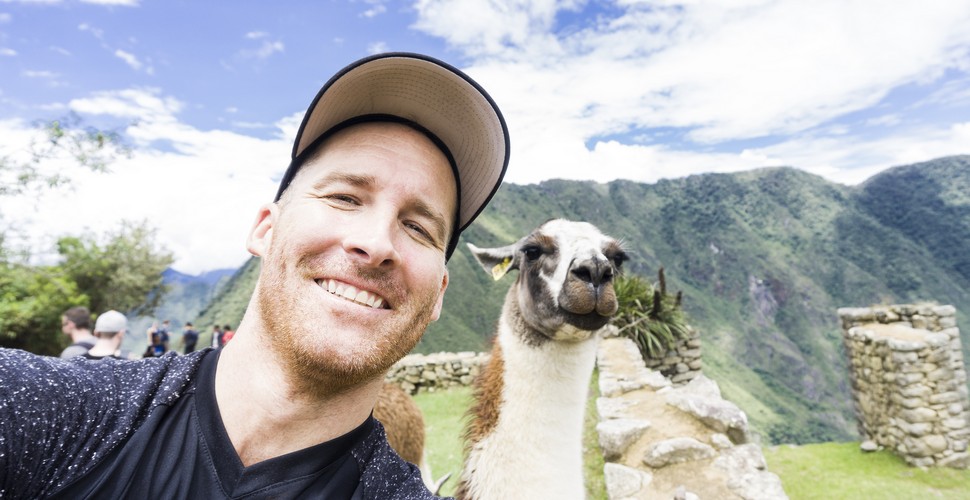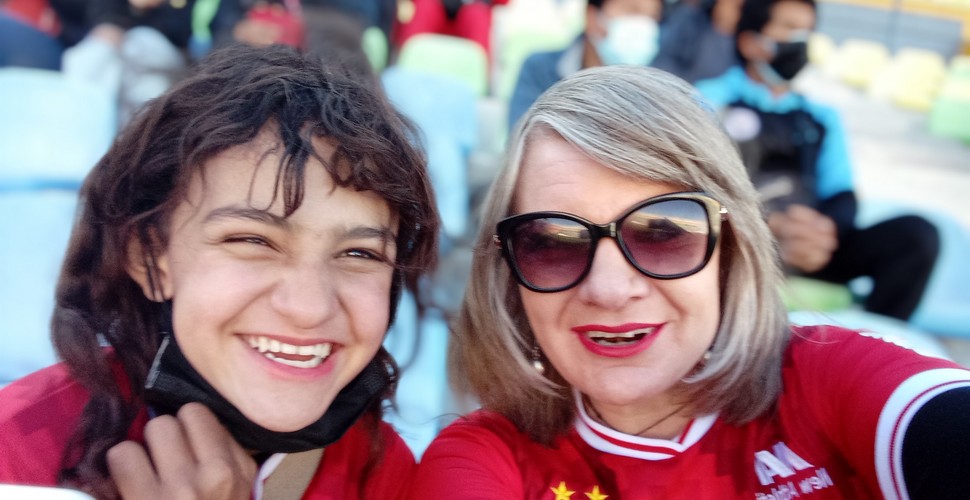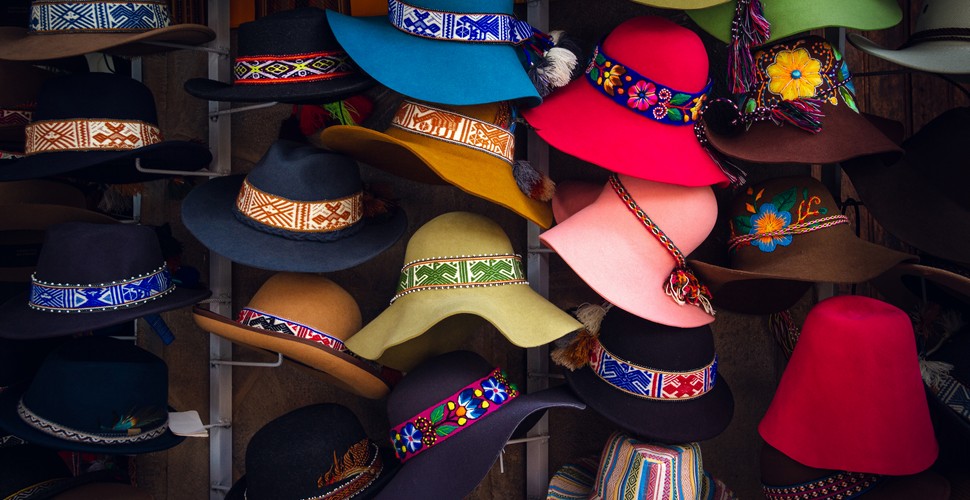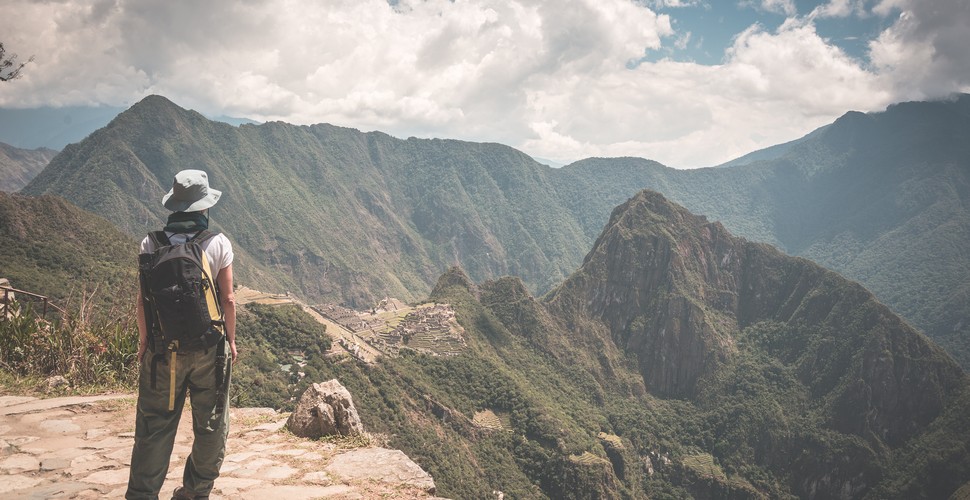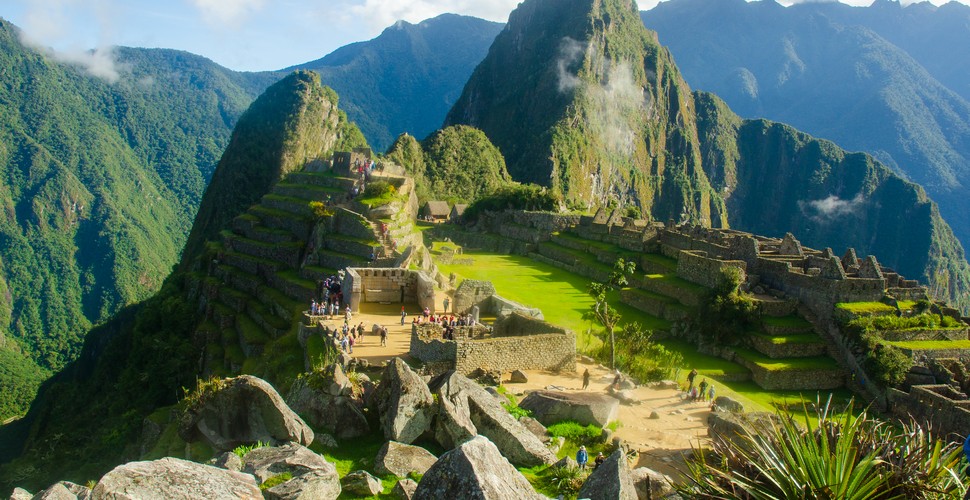
Peru Travel: Political Update 2023
Written by:Valencia Travel
Last Update: 2025-06-26
Over the past two months in Peru, protesters have blocked roads, shut down airports, and set fire to police stations, derailing economic activity in crucial sectors, such as mining, agriculture, and tourism. Authorities have responded with deadly force, firing live rounds into some demonstrations. Fatalities linked to the unrest stood at 58 in early February, mostly from clashes with police, though at least seven are blamed on traffic accidents and ambulance delays caused by roadblocks. President Dina Boluarte, the former vice president who took over after Castillo’s ouster, has offered to move elections forward by two years, though Congress rejected the proposal. But she has taken a hard line against the protesters, suggesting that the movement has been infiltrated by drug traffickers and terrorist groups who want to cause chaos. President Dina Boluarte as part of the democratic process, came into power when the ex-president Pedro Castillo was arrested on corruption charges.
Road Block in The Sacred Valley
The Real Root of the Problem
The recent instability in Peru goes much deeper that the arrest of ex-president Castillo! Peru suffers from deep social, cultural, and economic fragmentation. With more than two-thirds of the population surviving through informal employment (a situation worsened by the COVID pandemic). Highly heterogeneous cultural identities infused with racism between Indigenous and white/mixed race groups and the failure of free market policies to close socioeconomic gaps have debilitated the national social fabric. Peru’s fragmented society has been unable to find politically stable and effective representation. A long-term democratic solution would have to address the legalization of activities such as artisanal and small mining, coca cultivation, and informal commerce and manufacturing. It would also have to deal with racism, and polarization; the far left and the far right have both grown significantly, and the ethical and moral values of citizens. Bitter electoral contests have also become a major source of hatred and polarization in recent years. Keiko Fujimori, who narrowly lost the 2016 presidential election, then used her party’s congressional majority to oust former President Pedro Pablo Kuczynski in 2018. After losing again in 2021, Fujimori refused to recognize the results and helped lead impeachment efforts against Castillo.
Visit Peru
The Current Situation
For many Peruvians, Castillo’s failed coup was a desperate measure to avoid a third impeachment (for alleged corruption) organized by Lima’s elites. In this context, it is highly important to reinforce human rights and democratic values while countering hate speech and false news. Boluarte’s challenge is to earn legitimacy in the public eye. Her government has reaffirmed its support for peaceful protest but firmly rejects violence, including acts perpetrated by security forces. It must seriously investigate accusations of unnecessary use of force by security forces and protesters alike. Efforts to press for dialogue and truce, including acceleration of elections, must continue. The timing of elections should be determined not in a vacuum but in dialogue with Congress and legitimate protest forces. During a hearing on March 7, Prosecutor Galinka Meza Salas mentioned 283 serious and well-founded elements of conviction that link those investigated with the crimes they are accused of, statements by aspiring cooperating witnesses, regular witnesses, minutes, reports, and others. This is all part of the democratic process in Peru as the evidence against Castillo is substantial.
Machu Picchu is Open!
My Personal Perspective
My name is Claire Dean, originally from The UK, but have lived in Peru for 24 years and have worked directly in tourism during this time. Throughout my years in the country, I have seen a number of presidents come and go, for a number of different reasons. As I mentioned above, Peru´s political situation is deeply ingrained into society and the centralized government based in Lima generally represents the big businesses and corporations which are also Lima-based. This leaves the many different regions of Peru, such as Cusco (where I live) which is a highly touristic area due to its close proximity to Machu Picchu, Puno, and Arequipa, virtually without a political voice, especially in the more rural regions. These cities are major game players in Peru´s economy, especially from tourism, but also from mining, mineral extraction, and agriculture, yet don’t see hardly any investment in these regions. People in the remote communities still live in extreme poverty and some don’t even have access to schools, hospitals, or even a water supply in some cases. This is why people were protesting in the first place.
Chloe and Claire at The Cienciano Football Match
Even throughout the protests, which were sporadic and short-lived, I never at any point felt threatened and I walked passed many roadblocks with my daughter without any issues. The problems that occurred were between protestors and the police and were almost certainly infiltrated by extreme factions with different personal interests. Cusco has been safe and secure without any protests and everyone has been back to their regular daily lives for some time now. Peace has been restored and the policemen situated on every street corner as a precaution, have very little to do during their working day. All businesses are open as usual and tourist attractions are fully operative, the only thing missing now are the visitors to this incredible country. I saw many of the news stories that circulate the world and I can understand why so many people were scared to visit Peru at this present time and were actually shocked, but it is important to bear in mind that this media footage was from the Lima-based news agencies and TV channels, who of course have their own political agendas. Peru hasn't changed in these recent months, protests have always happened here for a variety of reasons, and although airports and Machu Picchu were a focus for the protesters, this is so that the government listens to them, as for many years, their concerns are largely unaddressed "hit them in the pocket" as they say!
Cusco Hat Shop
Tourists have never been a focus for the protesters and never will be, as all of us in Cusco, depend on tourism in one form or another. Whether you are a tour guide in Cusco or an alpaca farmer in the remote Andes, we all make a living from visitors coming to this incredible part of Peru. I would travel with a reputable tour agency to Peru as they are the people on the ground, who know when or if any protests will occur. Even the centralized government in Lima has imposed law and order to all tourism sectors as they too depend on tourism in the region. Can I say there definitely won’t be any more protests?..... no. But will you feel safe in Peru? I certainly do and I am sure you will too. People in Peru are genuine hard-working and friendly people, this has not changed and they want to welcome visitors to their country once more now that the political situation is much calmer for them, as well as visitors.
Inca Trail
The fact that Pedro Castillo has had his preventative imprisonment extended to 3 years, just reiterates that the evidence against him is substantial, and thus he cannot remain in power. Remember that the protests were NEVER about his arrest, even people who had voted for him wanted this arrest to happen as the evidence of his corruption is too compounding to deny. This will actually maintain the stability in the country at this time and will allow Dina Boluarte to maintain the peace in the country, as Peru follows its legitimate democratic process stated in the constitution.
Machu Picchu is open!
Please ask us here for more information or if you feel unsure about your visit to Peru or are worried about how the political situation will impact your trip to Peru!
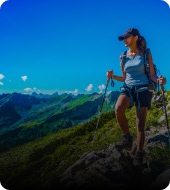 Aventure
Aventure
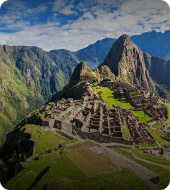 Cultural
Cultural
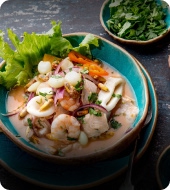 Gastronomy
Gastronomy
 Wellness
Wellness
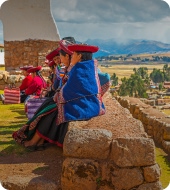 Local Living
Local Living
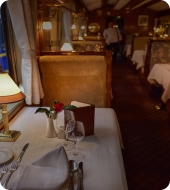 Luxury
Luxury
